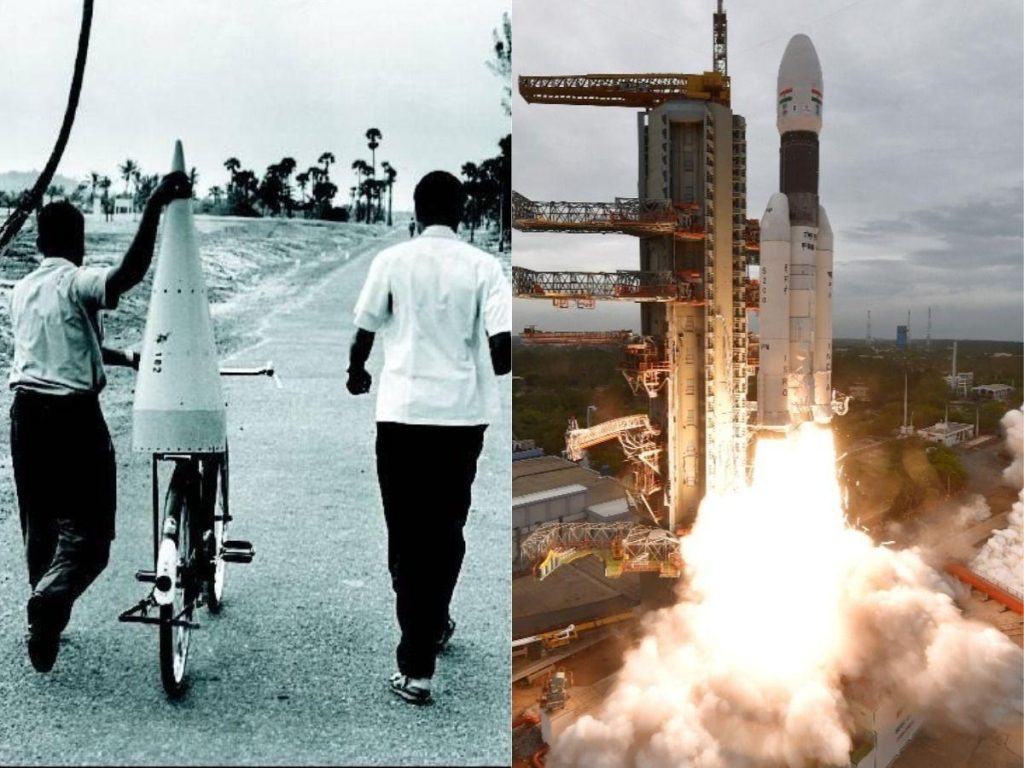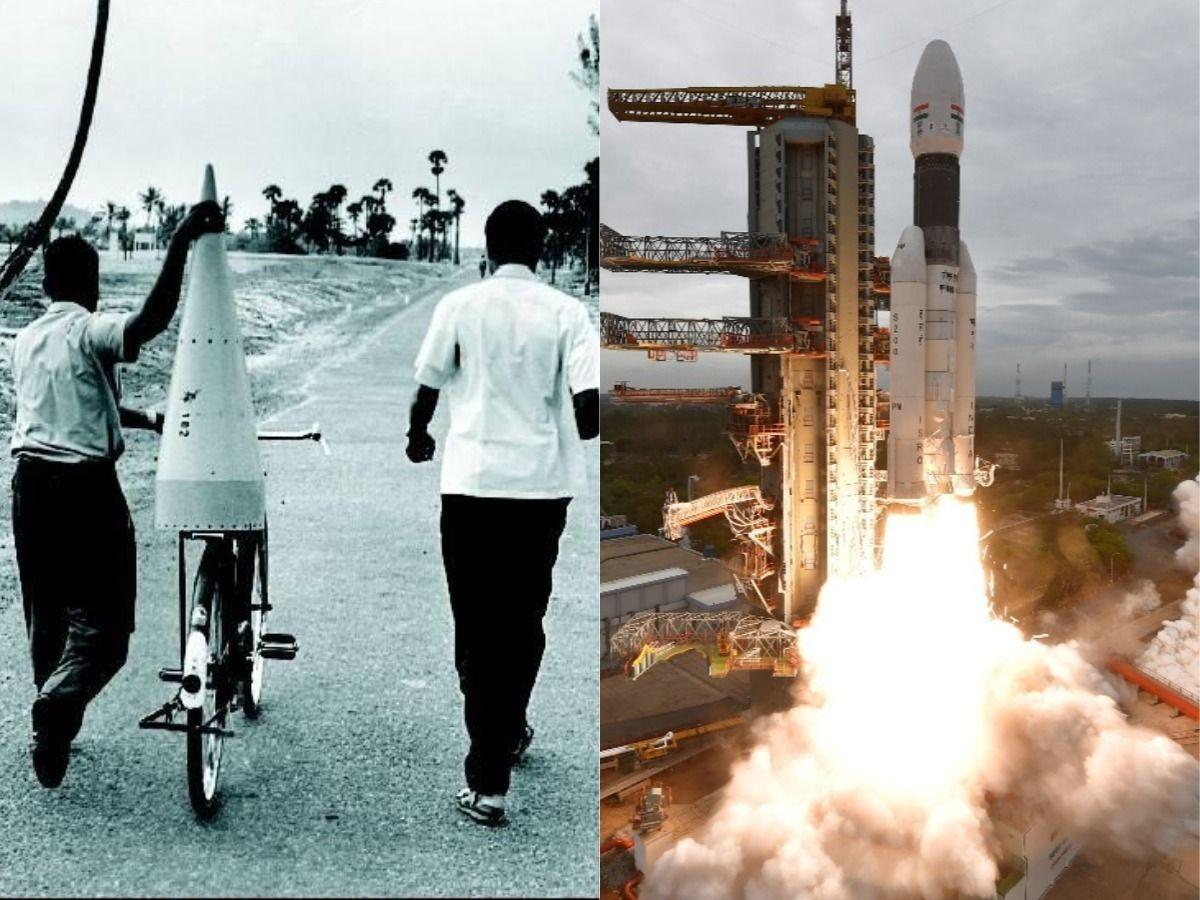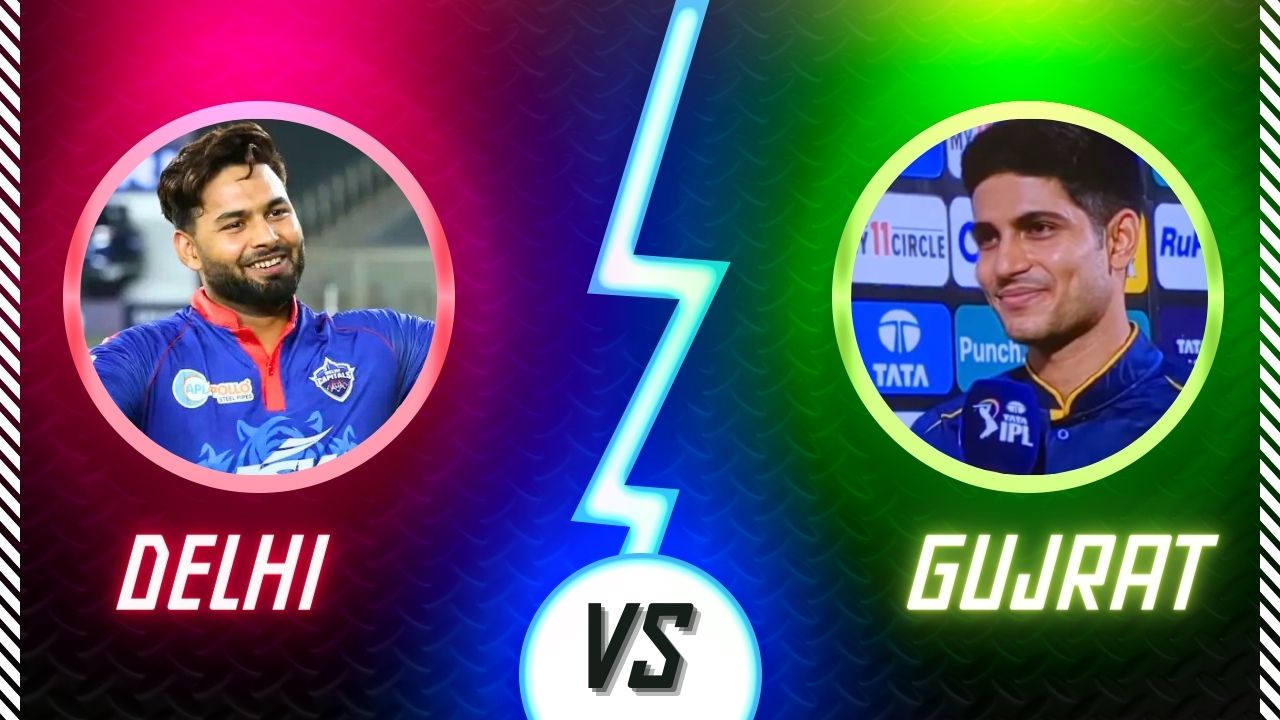Chandrayaan-3: India’s third lunar mission,

On July 13, 2023, India successfully launched its third lunar mission, Chandrayaan-3. The mission liftedoffat9:00UT(14:30Indian time) from the Satish Dhawan Space Center in Sriharikota, India. The launch was carried out with a heavyl aunch vehicle of the type GSLV Mark 3.
Chandrayaan-3 follows India’searlier lunar missions Chandrayaan-1 and Chandrayaan-2. The main goal ofthemission is a sof tlanding of the lander and rover at the south pole of the moon. The lander will be equipped with various scientific instruments, including a camera, a spectrometer and a magnetometer. The rover will be able to travel up to 500 meters on the lunar surface and will also be equipped with scientific instruments.
The mission also has the exploration of the moon’s water resources as a secondary objective.The lander will be equipped with a drill designed to take samples of lunar soil and rock. These samples are analyzed for the presence of water.
Chandrayaan-3 is a milestone in India’s space program. It’s the first time India has attempted a softlandingat the moon’s south pole. The mission will also help India learn more about the moon’s water resources.
History of Chandrayaan
The Chandrayaan program is India’s lunar exploration program. The program’s first mission, Chandrayaan-1, was launched in 2008. The mission was a success, helping India become the fourth country to successfully orbit the moon.
The program’s second mission, Chandrayaan-2, was launched in 2019. The mission was also a success, helping India become the third country to land a spacecraft on the moon.However, the mission lander Vikram crashed while attempting to land.
Chandrayaan-3 is the third mission of the program. The mission is a continuation of work carried out on Chandrayaan-1 and Chandrayaan-2. The mission is also a stepping stone for future Indian lunar exploration missions.
Scientific Objectives of Chandrayaan-3
- The scientific objectives of Chandrayaan-3 are:
- Soft landing of the lander and rover at the South PoleoftheMoon.
- Explore the moon’s water resources.
- Study the geology and mineralogy of the moon.
- Explore the moon’s atmosphere and environment.
- Discover the history and evolution of the moon.
The Chandrayaan-3 lander and rover are equipped with a variety of scientific instruments, including:
- camera
- spectrometer
- magnetometer
- drill
- seismometer
- laser
- altimeter
These instruments are used to collect data about the surface, subsurface and atmosphereusesthemoon.The data will be used to answer questions about the Moon’s formation, evolution and resource potential.
Significance of Chandrayaan-3
Chandrayaan-3 is a milestone for the Indian space program. It’s the first time India has attempted a soft landing at the moon’s south pole. The mission will also help India learn more about the moon’s water resources.
The success of Chandrayaan-3 will demonstrate India’s ability to explore the moon. It will also help India become a major player in the global space community.
Future of Chandrayaan
Chandrayaan-3 is just the beginning of India’s lunar exploration program. India plans to launch more lunar missions in the future. These missions include a lunar orbiter, a lunar sample return mission, and a manned lunar mission.
The success of Chandrayaan-3 will help India achieve its lunar exploration goals. It will also help India take a leading role in the global space community.
Summary Chandrayaan-3 is a milestone for the Indian space program. The mission is a continuation of work carried out on Chandrayaan-1 and Chandrayaan-2. The mission is also a stepping stone for future Indian lunar exploration missions.
The success of Chandrayaan-3 will demonstrate India’s ability to explore the moon. It will also help India become a major player in the global space community.
I hope you enjoyed this blog post by Chandrayaan-3. If you have any questions, don’t hesitate



